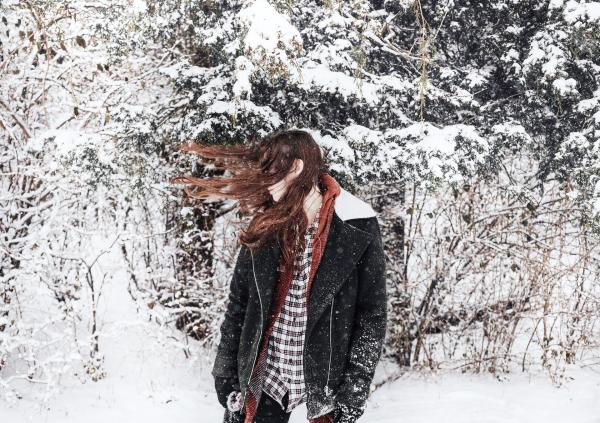Lately, we keep expanding our winter vocabularies. From last year’s bomb cyclone to today’s snow squall, the term polar vortex already seems to be old news. As excessive cold is sweeping the nation, government officials in particularly impacted regions are issuing Code Blue alerts. In the Twittersphere, leadership use of “#CodeBlue” is spreading with some confusion. For instance, New York City Mayor Bill de Blasio posted one is in effect and responses included uncertainty about what that meant and why schools were not closed if the situation is so severe.
If we have seen any movie with a medical scene, then we are pretty used to watching a dramatic resuscitation initiated by an impassioned outburst of “Code Blue! Code Blue!” either by an actor or the overhead speaker. In the real world, its use is reserved for medical settings or institutions where someone is in need of immediate cardiopulmonary resuscitation or emergent medical attention.
The expression has been expanded in its definition. In 2017, Governor Chris Christie of New Jersey signed the “Code Blue” law which mandates all counties in the state have a ready-to-go plan to shelter all homeless individuals under severe weather conditions. Though prior policies existed, the inconsistent nature of their implementation posed unsafe to this particularly vulnerable population.
The specifics
“Under the new law, counties will issue Code Blue Alerts whenever the temperature drops below 25 degrees Fahrenheit without precipitation or below 32 degrees Fahrenheit with precipitation. Code Blue Alerts will also be issued for any night when the National Weather Service forecasts the wind chill to be below zero degrees Fahrenheit for more than one hour.”
The nuances can vary depending on the geographical area. For example, the Coalition for the Homeless describes New York policies this way:
“Thousands of homeless New Yorkers struggle to survive on the streets every night. As winter approaches, high winds, frigid temperatures, snow, and freezing rain can put them at risk of life-threatening illnesses like hypothermia and frostbite. The City declares a Code Blue warning when the temperature drops to 32 degrees or below, including wind-chill, between 4:00pm and 8:00am. It is important to note that homeless individuals and families always have a right to shelter in New York City regardless of the weather, but there are expanded outreach and drop-in services as well as different shelter and intake rules when Code Blue is in effect.”
Programs also include a Code Red for severe weather in terms of heat. Weather-related illnesses and injury under such circumstances tend to be a matter of life or death, especially for those in high risk groups like extremes of ages, those with pre-existing medical conditions or those who endure prolonged exposure to the outdoors albeit by occupation, homelessness or recreational activity.
To learn more about warning signs of hypothermia, frostbite and tools for prevention, review this piece Cold Truths About Winter Myths. Being proactive in the winter yields great dividends, especially when alerted of impending storms. Think about who you know who might require some assistance and monitoring to prepare and plan for if problems arise —the elderly, very young and those with disabilities and chronic medical conditions should immediately come to mind. Check to see that acceptable heating and cooling is in effect in yours and their homes under such situations.
Given the degree of untoward escalation such extreme weather can cause, the fact there are Code Blue procedures in place provides an invaluable service for communities. Just because there are certain groups most at risk, doesn’t mean everyone else is immune to adverse or devastating effects. Being sensible by taking proper precautions during these times is crucial to safeguarding your well-being - and that of your loved ones.




